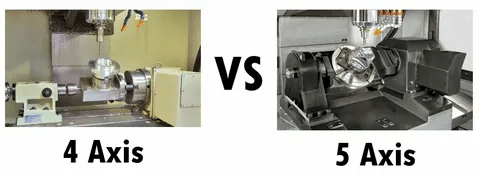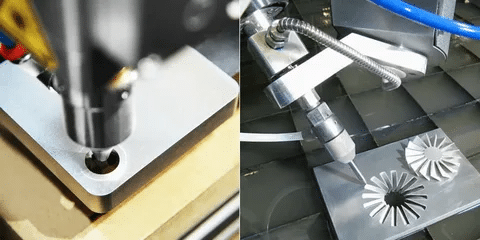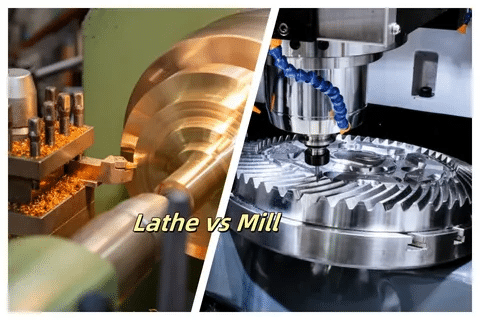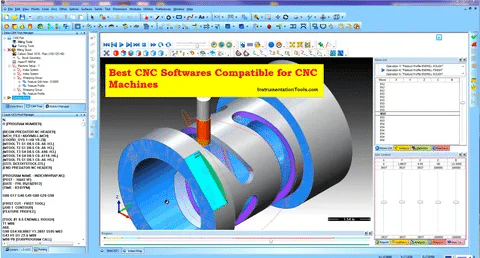Complete Guide to Types of Automotive Fasteners: Essential Components for Vehicle Assembly and Maintenance
This overview guide offers the key types of automotive fasteners covering threaded fasteners, such as bolts and screws, washer and nut to provide spread of loads, clips and retainers to design quick and efficient assembly, and materials and coating that provide long life. It is essential to realize what installation methods, torque requirements, quality and maintenance procedures determine the proper installation of a part, vehicle performance and vehicle safety. With the move of automotive industry into lightweighting and sustanability, the fastener technology is continuing to move forward by adding new materials, manufacturing techniques and smart monitoring technologies that will bring a new era of automotive assembly and maintenance processes.




